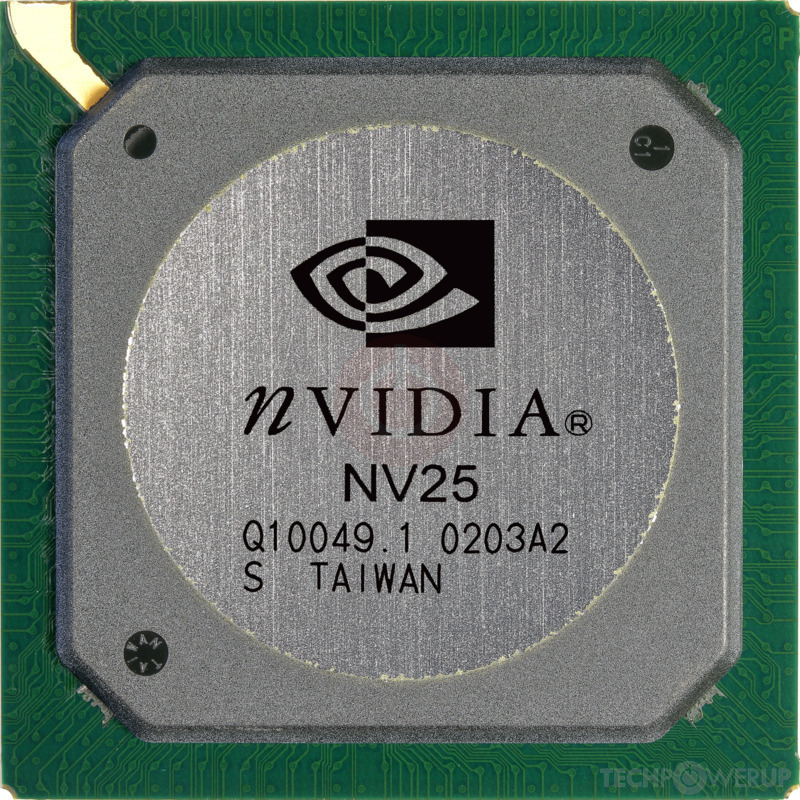

The Ti4200 with AGP-8X support was based on this chip, and sold as the Ti4200-8X. Then in late 2002, the NV25 core was replaced by the NV28 core, which differed only by addition of AGP-8X support. Furthermore, some graphics card makers simply ignored Nvidia's guidelines for the Ti4200, and set the memory speed at 250 MHz on the 128 MiB models anyway. Firstly, the Ti4400 was perceived as being not good enough for those who wanted top performance (who preferred the Ti4600), nor those who wanted good value for money (who typically chose the Ti4200), causing the Ti4400 to be a pointless middle ground of the two. This tactic didn't work however, for two reasons. Models with a 64 MiB frame buffer were set to 250 MHz memory speed.

#Nvidia geforce4 ti 4200 driver xp full
In an attempt to prevent the Ti4200 damaging the Ti4400's sales, Nvidia set the Ti4200's memory speed at 222 MHz on the models with a 128 MiB frame buffer-a full 53 MHz slower than the Ti4400 (all of which had 128 MiB frame buffers). Although the 4200 was initially supposed to be part of the launch of the GeForce4 line, Nvidia had delayed its release to sell off the soon-to-be discontinued GeForce 3 chips. In consequence, Nvidia rolled out a slightly cheaper model: the Ti4200. The GeForce 3 Ti500 filled the performance gap between the Ti200 and the Ti4400 but it could not be produced cheap enough to compete with the Radeon 8500. However, ATI's Radeon 8500LE was somewhat cheaper than the Ti4400, and outperformed its price competitors, the GeForce 3 Ti200 and GeForce4 MX 460. At the time of their introduction, Nvidia's main products were the entry-level GeForce 2 MX, the midrange GeForce4 MX models (released the same time as the Ti4400 and Ti4600), and the older but still high-performance GeForce 3 (demoted to the upper mid-range or performance niche). The initial two models were the Ti4400 and the top-of-the-range Ti4600. The GeForce 4 Ti was superior to the GeForce 4 MX in virtually every aspect save for production cost, although the MX had the Nvidia VPE (video processing engine) which the Ti lacked. Proper dual-monitor support ( TwinView) was also brought over from the GeForce 2 MX. Legacy Direct3D 7-class fixed-function T&L was now implemented as vertex shaders. It was very similar to its predecessor the main differences were higher core and memory clock rates, a revised memory controller (known as Lightspeed Memory Architecture II), updated pixel shaders with new instructions for Direct3D 8.0a support, an additional vertex shader (the vertex and pixel shaders were now known as nFinite FX Engine II), hardware anti-aliasing ( Accuview AA), and DVD playback. The GeForce4 Ti (NV25) was launched in February 2002 and was a revision of the GeForce 3 (NV20). In late 2002, there was an attempt to form a fourth family, also for the laptop market, the only member of it being the GeForce4 4200 Go (NV28M) which was derived from the Ti line. All three families were announced in early 2002 members within each family were differentiated by core and memory clock speeds.

The MX family spawned a mostly identical GeForce4 Go (NV17M) family for the laptop market. There are two different GeForce4 families, the high-performance Ti family, and the budget MX family.
#Nvidia geforce4 ti 4200 driver xp series
The GeForce 4 series ( codenames below) refers to the fourth generation of GeForce-branded graphics processing units (GPUs) manufactured by Nvidia.


 0 kommentar(er)
0 kommentar(er)
